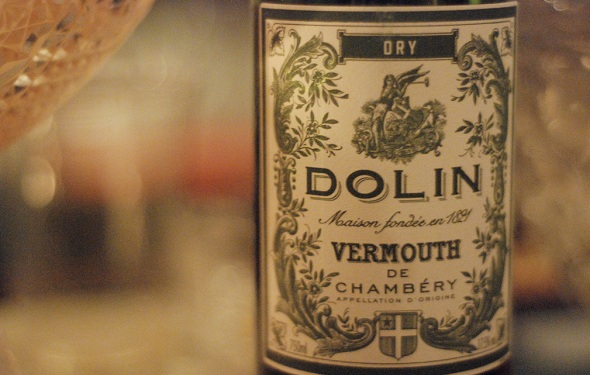The 2014 San Antonio Cocktail Conference concluded on Sunday, which means we’ve had just a couple days to recuperate from the haze of seminars, tastings and parties. So many parties… And while the late night festivities at venues like the Majestic and Empire theaters are certainly a big draw, don’t sleep through those daytime seminars. At best, you’ll walk away with some newfound knowledge to further your career. And at worst, you’ll walk out a little tipsy with a few cocktails under your belt. In our book, that’s a win-win.
One of our favorite seminars from this year’s San Antonio Cocktail Conference was called Fortify Your Spirit. Led by Brian McCullough, the affable barman from The Standard Pour in Dallas, the class focused on vermouths (See: what is vermouth?), as well as a handful of other aperitifs and wine-based amari. Brian began with some background on vermouth, which is an aromatized wine that’s typically fortified with brandy. The brandy lends proof, stability, flavor and structure to the wine. And, pro tip: keep this stuff in the fridge. Don’t trust that dusty, year-old vermouth on the back bar, because it went bad ages ago.
Vermouth is most often categorized as either sweet or dry, but the actual classifications are much more specific. Some of those classifications include:
Vermouth di Torino
Vermouth di Torino is a protected designation of origin, but not all vermouths made in this style come from Torino (Turin), Italy. One example that does, however, is the lovely Cocchi Vermouth di Torino, which is rich and delicious with a good balance of citrus and spice.
Vermouth de Chambery
Most vermouths made in this style are fresh and light. The most common example here is Dolin, which makes the popular Dolin Dry and Dolin Blanc vermouths.
Marseilles Dry
Once a popular style of vermouth first produced in Provençe, France, the Marseilles style today is dominated by Noilly Pratt.
West Coast/Modern
Italy and France taught the world a lot about vermouth, and today, you can find several fine producers operating stateside. Examples include Atsby (New York), Imbue (Oregon), Sutton Cellars (California) and Vya (California).
From there, we tasted a few aperitif wines from the Haus Alpenz portfolio, including Bonal, Byrrh and Cocchi Americano, as well as Cardamaro, a delicious wine-based amaro. And a team of bartenders mixed up a couple cocktails, including one that utilized Brian’s house-made huckleberry vermouth to delicious effect.
All in all: good seminar. We learned things, we tasted things, we… tasted more things. And it ended on this poignant note. Vermouth is “a low octane drink for a high octane lifestyle.” You may not be able to drink bourbon all day, but with vermouth, we like your chances.





